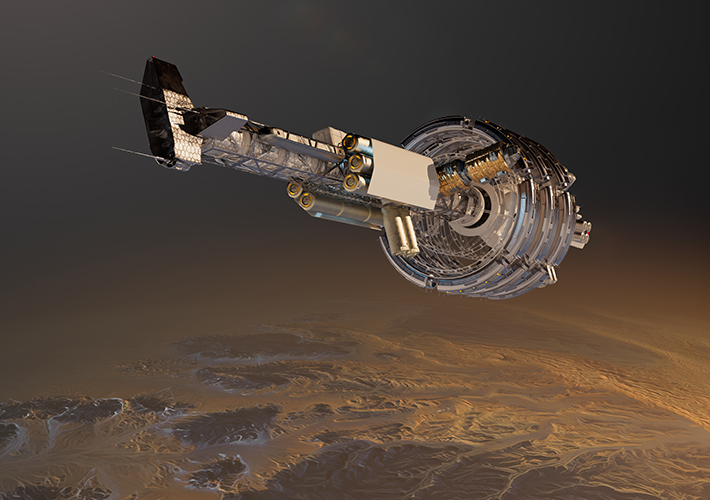
New Subcommittee Addresses Planetary Protection
ASTM International’s space simulation and applications of space technology committee (E21) has formed a new subcommittee on planetary protection.
The subcommittee (E21.09) plans to develop standards for identifying, quantifying, and mitigating contamination, both forward and backward, between solar system bodies and the Earth-Moon system.
According to Betsy Pugel, an expert with NASA’s Goddard Space Flight Center and chair of E21.09, planetary protection is the practice of protecting and enabling current and future scientific investigations by limiting biological and relevant molecular contamination of solar system bodies through exploration activities. It also involves protecting the Earth’s biosphere by avoiding harmful biological contamination carried on returning spacecraft. These are also known as ‘forward’ and ‘backward’ contamination, respectively.
“This is an exciting time for the subcommittee as we embark on our first planetary protection standard,” says Pugel. “This community is smaller than many of the aerospace communities of practice and expertise. As space exploration expands beyond Earth orbit and into our solar system, we need to inform, educate, and provide a level ground for technical information.”
The subcommittee is eager for participation from practitioners in the field who work on planetary missions. Its highest priority is to spread awareness about the role of planetary protection in responsible exploration of biology beyond our planet. Its initial focus for standards will be on basic practices and working within the ASTM community to evolve existing standards for sampling, assaying, culturing, and genetic sequencing.
ASTM welcomes participation in the development of its standards. Become a member at www.astm.org/JOIN.
 SN Home
SN Home Archive
Archive Advertisers
Advertisers Masthead
Masthead RateCard
RateCard Subscribe
Subscribe Email Editor
Email Editor